New York City’s Central Park owl ‘Flaco’ is now TWICE the size it was when vandals helped it escape the zoo – after feeding on the Big Apple’s massive rat population
The New York City owl, which was released from the Central Park Zoo by vandals, has ballooned in size since officials said they allowed it to roam free.
Flaco has grown significantly in the seven months since he was let out of his cage in February after feeding on the Big Apple’s rat population, witnesses claimed.
The impressive Eurasian eagle owl has become somewhat of a celebrity after escaping from the zoo on February 2 and learning to live on its own.
Wildlife photographers, wildlife enthusiasts and tourists are captivated by the unusual sight of the bird of prey perching on roadside trees, hunting rats and showing off its 6-foot wingspan.
Flaco usually lives on the city’s star-studded Upper East Side, where fans claim he’s “definitely gotten a lot bigger” since being let go.
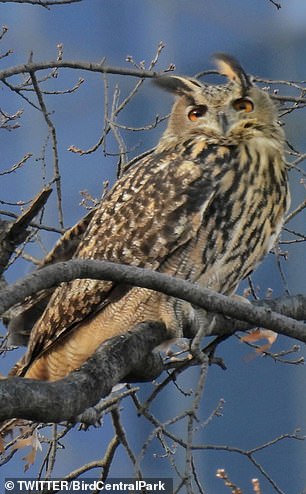
The New York City owl that was brought into the Central Park Zoo by vandals has ballooned in size since officials said they let it roam free
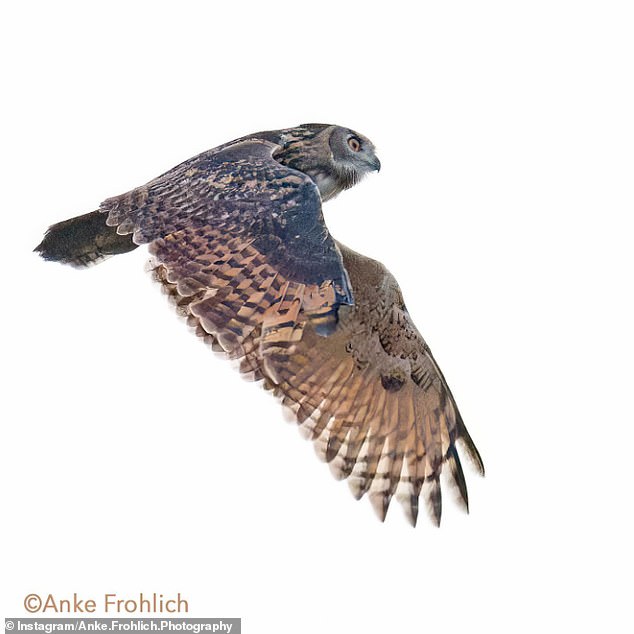
Anke Frohlich, a New Yorker who took impressive photos of Flaco during the flight, said she saw him eat four rats in one go
Anke Frohlich, a New Yorker who took impressive photos of Flaco during the flight, said she saw him eat four rats in one go.
“I’ve seen Flaco eat up to four rats a night, which, from what I’ve heard, is four times what he ate at the zoo,” Frohlich told DailyMail.com.
‘He’s definitely grown up a lot since his escape and he’s found his voice. Its scratching sound is full and strong. He’s making himself heard across Central Park.’
Among the usual crowd of people at the foot of Flaco’s seat in the park last week, some noted that he had grown “much taller” — noting the irony of his name, which means “skinny” in Spanish.
Kathy Robles, 73, who lives just across the river from Central Park in New Jersey, told DailyMail.com that the bird has become “buff” since it escaped by using “muscles it never had to use before.”
“He’s waddling around, so he’s using his leg muscles and pecs,” says Robles, who has built a Flaco Facebook following of more than 500 people.
‘He jumps rats and he must be very strong. His feet are amazing – they’re huge, they look like big hands with giant claws on them.
“People call them killer mitts, and I can see why.” Robles said she believes New Yorkers can “really identify” with Flaco because of his survival instincts in the concrete jungle.
“A lot of New Yorkers might identify with being trapped in, you know, your job, a rat race kind of place, New York City can be so harsh,” she said.
“And as a non-native animal, this is actually an immigrant who took over Central Park.
“People look at that and I think they have an affinity for him because of his background, and that he’s surviving, and no one thought in the beginning that he would actually make it.”
“I like the way a lot of New Yorkers are responding to him,” she added. “I like that they’re very curious about him, because a lot of people these days aren’t that curious about things in nature.”
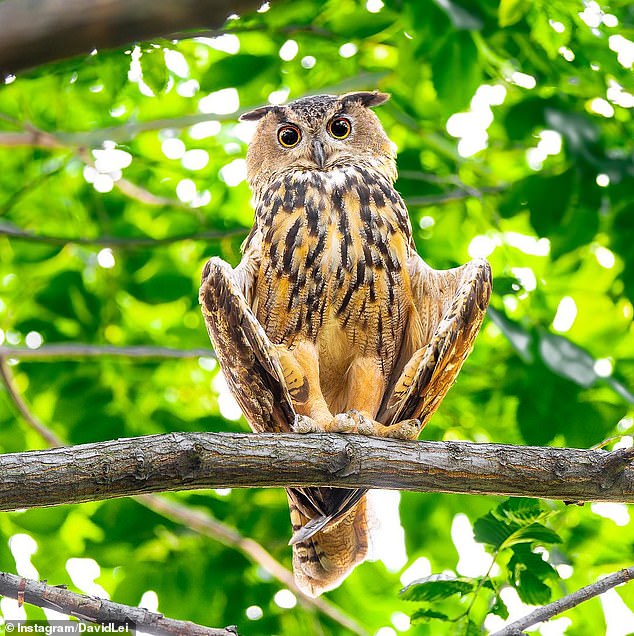
Kathy Robles, 73, who lives just across the river from Central Park in New Jersey, told DailyMail.com that the bird has become “buff” since it escaped by using “muscles it never had to use before.”
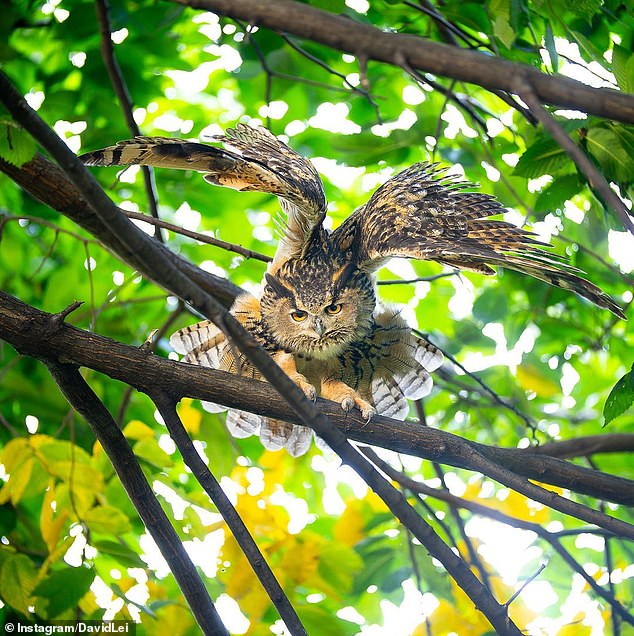
Barrett, who lives near Flaco’s usual perching spots, said the bird has attracted “hundreds, if not thousands, of people” to the northeastern edge of Central Park.
Investor David Barrett, 59, who runs a popular Manhattan birdwatching account on Twitter, has been documenting Flaco’s development since the night of his escape.
‘He is a New York City celebrity since that night,” he told DailyMail.com. ‘So it was exciting to follow Flaco.
‘I immediately saw changes. Flaco wasn’t very adept at flying at first – certainly not as adept at landing – but he got better at it.
“And amazingly – this is the most incredible thing of all – Flaco taught himself to hunt in a few days. That was not expected.
‘Historically, animals raised in captivity, as was the case with Flaco, do not have the ability to survive well in the wild. They don’t learn survival skills.
“Flaco is, to our knowledge, the only wild Eurasian Eagle Owl in all of North America – another reason visitors come to Central Park to see him,” he added.
Barrett, who lives near Flaco’s usual perching spots, said the bird has attracted “hundreds, if not thousands, of people” to the northeastern edge of Central Park.
He said visitors from around the world messaged him on his @BirdCentralPark Twitter account, which has 80,200 followers, asking him where they can catch a glimpse of New York’s famous owl.
Central Park Zoo called off a mission to recapture the owl just weeks after it escaped, in part because of “strong public sentiment in favor of Flaco remaining free.”
Tech worker and wildlife photographer Ryan Stott, 46, from Utah, extended a recent business trip to New York by a day in hopes of seeing the coveted owl.
“The whole experience of seeing such a beautiful bird in such a unique place was incredible,” he said.
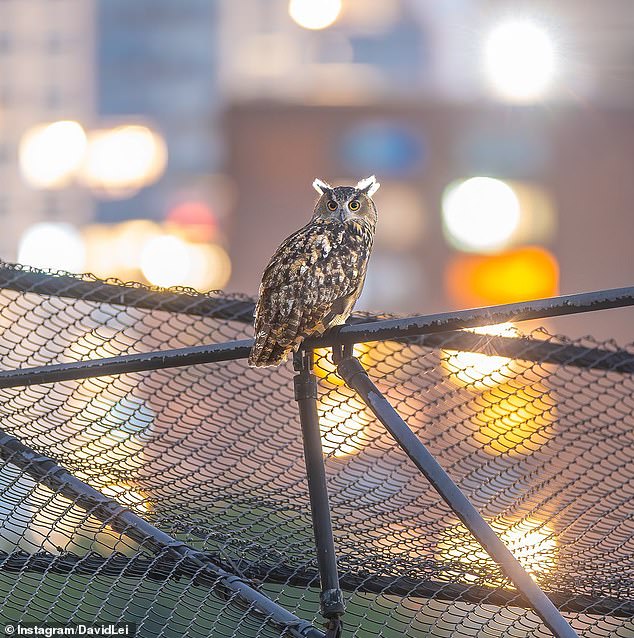
Stott added that because of Flaco’s noticeable weight, he was “not too concerned” about how he would fare over the winter.
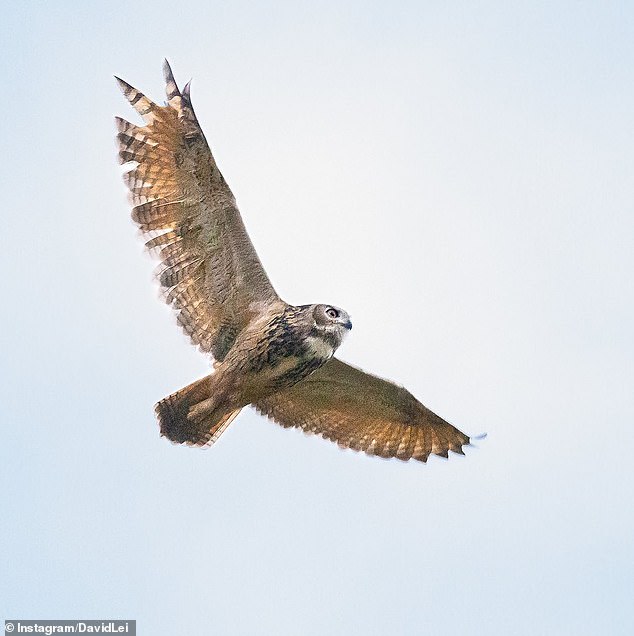
Self-described ‘devoted owl watcher’ and real estate worker David Lei also captured mesmerizing photos of the bird (pictured)
Stott added that because of Flaco’s noticeable weight, he was “not too concerned” about how he would fare over the winter.
Self-described “devoted owl watcher” and real estate worker David Lei also captured mesmerizing photos of the bird.
“His appearance varies, sometimes he’s fluffy and he seems bigger,” the 35-year-old New Yorker told DailyMail.com.
“He’s also quite expressive. That’s part of why owls are so charismatic: they have big, beautiful eyes.
‘When he was released from the zoo, he was very alert, with his ear up all the time. But now he almost always seems very relaxed.’
